
Pico Laser Rejuvenation
雷射焕肤
Pico Laser rejuvenation treatment helps rejuvenate, refresh, and revitalize your skin. It supports skin texture and tone, leaving the complexion clearer and balanced.
Laser Rejuvenation is a non-invasive facial treatment that uses concentrated beams of light to address various skin concerns. The procedure works by targeting specific layers of the skin, stimulating collagen production, and supporting natural skin renewal—resulting in a refreshed and revitalized complexion with a youthful appearance.
Benefits of Pico Laser Rejuvenation
This facial laser treatment offers several benefits for individuals looking to refine their skin’s texture, balance tone, and enhance overall appearance. From softening fine lines and wrinkles to reducing age spots and acne scars, laser treatments can address a wide range of skin irregularities. By using light-based technology, this procedure may provide the following benefits:

Smooth and youthful complexion

Reduce oil and acne

Treat age spots and sun damage

Minimise acne scars and pores

Reduces the appearance of uneven skin tone

Control Melasma
What Is Laser?
Light travels in waves consisting of different wavelengths, e.g. visible light around us has a wavelength range of 400-750 nm. If you break down the range of wavelength, you will see multiple wavelengths represented by different colors (the phenomenon of rainbow).
Different from normal day light (unfiltered), laser travels in a single wavelength (after filtration), which will be absorbed specifically by its target (chromophore). In other words, laser light will only be absorbed by its chromophore. There are 3 main chromophores in the skin namely: melanin, hemoglobin and water.
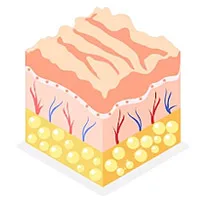
Melanin
Melanin is the pigment that gives our skin, hair and eyes their colours. Sun exposure and hormonal changes increase the melanin production in the skin, leading to pigmentation.
Targeting melanin chromophore, laser is being absorbed and the heat from the laser ‘melts’ the melanin/pigment.
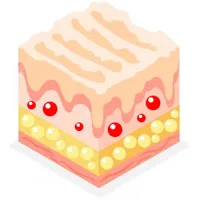
Hemoglobin
Hemoglobin is a component of blood, which contributes to facial flushing, fine capillaries and certain birthmarks.
Laser targeting hemoglobin chromophore will coagulate small blood vessels and reduce the unwanted facial redness.
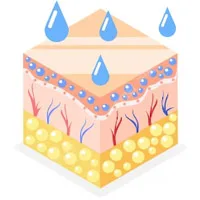
Water
Water is the main component of skin cell and tissue. Laser that targets water chromophore (e.g. CO2 laser) can induce destruction of scar tissues with the aim of rebuilding new skin cells.
This is effective in treating acne scars and large pores.
PICO Laser 皮秒雷射
Pico laser, short for picosecond laser, is an laser technology designed for various dermatological and aesthetic applications.
What sets pico lasers apart is their ability to deliver laser pulses in picoseconds, which is significantly shorter than traditional lasers.
This ultra-short pulse duration allows for targeting of pigmented lesions, tattoos, and skin imperfections with minimal heat exposure to the surrounding tissues.
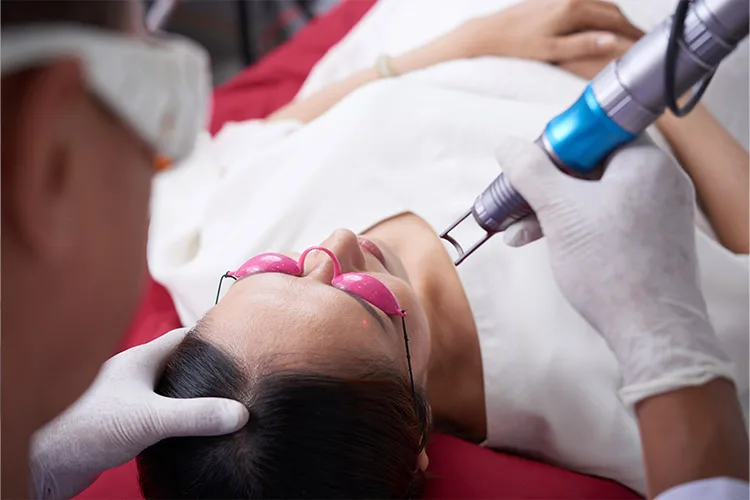

Pico lasers are known for their ability to break down pigmentation, including stubborn tattoo ink, and stimulate collagen production to address concerns such as fine lines and wrinkles.
The rapid delivery of energy in picoseconds supports treatment safety by minimizing the risk of adverse effects, making it suitable for a wide range of skin types.
Pico laser technology is widely used in aesthetic dermatology, providing quicker treatment sessions for skin rejuvenation and pigment-related concerns.
What Can PICO Laser Treat?
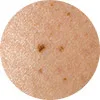
Rejuvenation for Skin Tone & Pigmentation Removal
Pico laser technology uses ultra-short picosecond pulses to shatter and eliminate pigmentation that causes dark circles and sun spots, while also stimulating collagen to refresh and rejuvenate the delicate skin around the eyes.
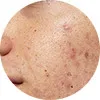
Resurfacing for Acne Scars & Large Pores
Pico laser technology can safely and effectively resurface the skin, reducing the appearance of acne scars and enlarged pores by targeting pigmentation and promoting new collagen formation through non-invasive picosecond pulses.

Tattoo Removal
Pico laser technology offers a fast, efficient method for removing unwanted tattoos by using ultra-short picosecond pulses to shatter tattoo pigment particles, gradually fading them away without damaging the surrounding skin.
PICO Rejuvenation & Pigmentation Removal
Due to its high speed and ultra-short pulse duration of the laser shock wave, it shatters the target pigment while minimizing the conversion of energy into heat, which subsequently reduces the risk of overheating (pigment may flare up under heat).
It also allows a higher volume of laser shots to be fired in a given time which delivers a more effective treatment per session.

FAQ for Laser Rejuvenation
Will laser cause skin thinning?
No. Laser energy is being converted into heat in the skin which will not cause skin peeling or thinning. Moreover, outer skin layer regenerates continuously and sheds every 30-40 days.
How frequent should I do laser?
Generally, once a month is adequate. Some stubborn pigment condition such as melasma may require more frequent treatments e.g. every 2 weeks with a lower energy setting.
There are many brands of Pico lasers, which one to choose?
All brands of Pico machines have a similar laser pulse speed. What sets them apart are differences in peak power and available wavelengths. Pico Plus, for example, features a high peak power of 1.8 GW and offers four wavelengths (532, 595, 660, 1064 nm), allowing it to address a broad range of skin concerns.
Is there any downtime?
No, there is no downtime for Pico rejuvenation. Temporary redness will disappear within an hour and you can go back to office or resume exercise on the same day.
What is the difference between Laser and IPL?
IPL (Intense Pulsed Light) uses broadband light pulses with a range of wavelengths (500–1200 nm), while lasers emit a single, specific wavelength. Laser treatments can focus on targeted areas, whereas IPL treats broader skin layers. IPL is commonly used for general skin toning and rejuvenation, while lasers are often preferred for treating pigments, tattoos, and scars—especially in darker skin tones due to their performance and depth control.
How many treatments will I need for hair removal?
For Hair Removal, most patients need at least 5 treatments spaced 4-8 weeks apart to see results.
How long before I see results?
Depending on the results that you’re looking to achieve, our doctor will work with you to determine the number of treatments you will need.